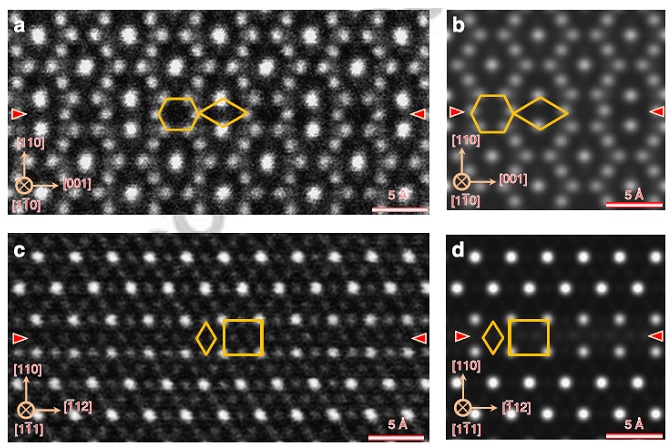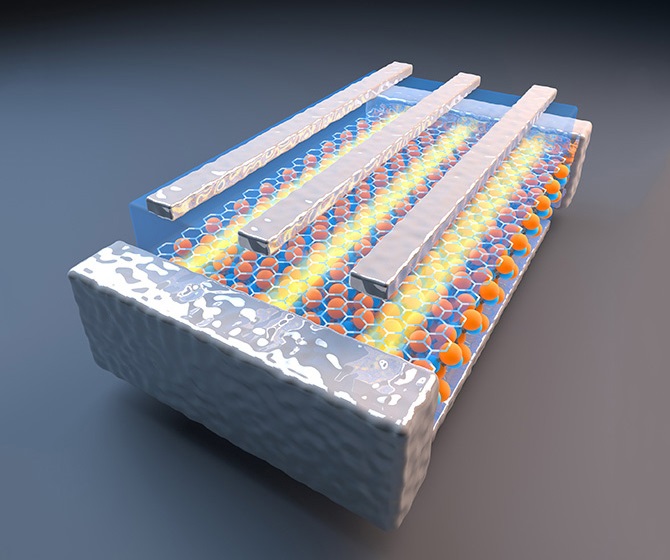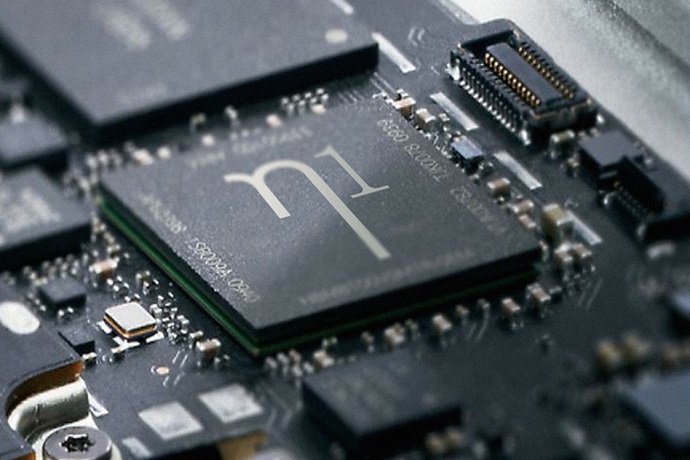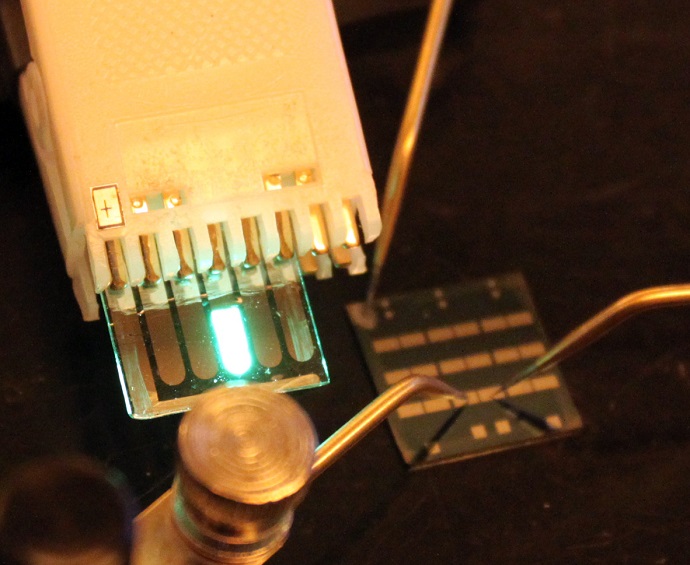10 December 2014
Scientists at the University of York have helped to uncover the properties of defects in the atomic structure of magnetite, potentially opening the way for its use in producing more powerful electronic devices.
Magnetite, one of the oldest known examples of a magnetic material, has many technological applications including in spintronics where it can be used to help develop more efficient and higher capacity memory devices.
Spintronics uses electron spin as well as charge to manipulate information processing circuits. Spintronic devices combine the advantages of magnetic materials and semi-conductors, and are likely to be stable, versatile fast and capable of simultaneous data storage as well as being energy-efficient.
Electrical currents in magnetite are carried by electrons all with the same spin state which should allow scientists to maximise its spintronic capability. But efforts to do so have been hindered because magnetite fails to demonstrate the characteristics expected of 100 per cent spin polarized material. It is thought this is due to defects in its atomic structure but direct information on the structure and properties of such defects has proved challenging to obtain.
But now scientists in the Department of Physics at York, working with colleagues at Tohoku University in Japan, have for the first time resolved the atomic-scale structure of the two-dimensional antiphase boundary defects (APBs) in the material. The research, which was supported by the Engineering and Physical Sciences Research Council (EPSRC), is published in Nature Communications.
The research team used theoretical modelling to predict the structure of the defects through a series of first principles calculations based on quantum mechanics. They then confirmed it experimentally using high-resolution transmission electron microscopy. The researchers found that APB defects are unusually stable and cause antiferromagnetic coupling leading to reduced spin polarization.
Dr Keith McKenna, an EPSRC Fellow who led the team at York, said: “Our study has predicted what the atomic structure of the defects should be and then it confirmed it using electron microscopy. The spins on either side of these defects point in opposite directions creating areas that are not 100 per cent spin polarized.
“We can now have confidence in making predictions about magnetite’s electronic and magnetic properties which will help optimisation of the material. This will help the development of smaller more powerful electronic devices particularly more efficient memory devices.”
The research team at York also included Dr Vlado Lazarov, Florian Hofer and Daniel Gilks.













